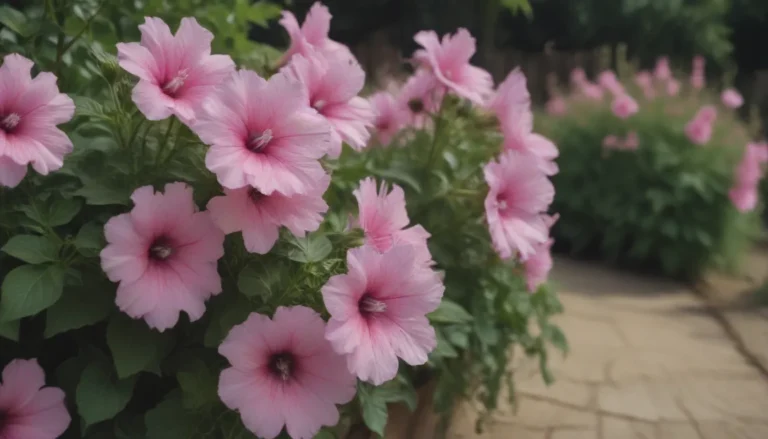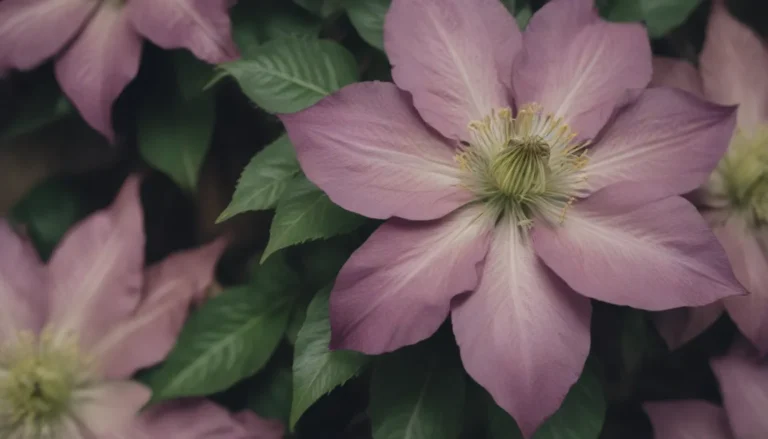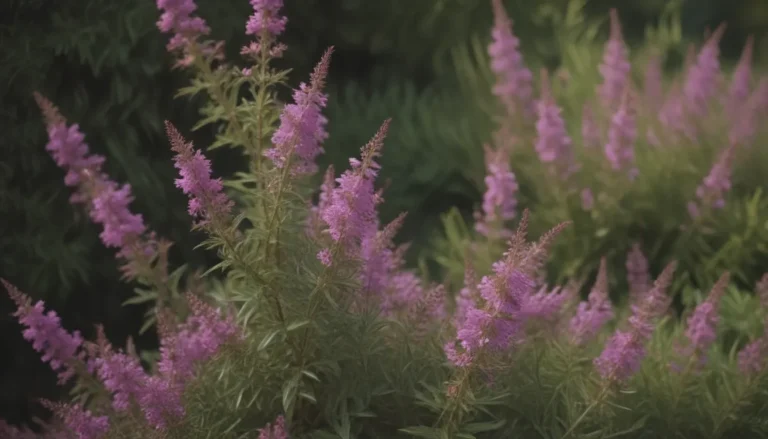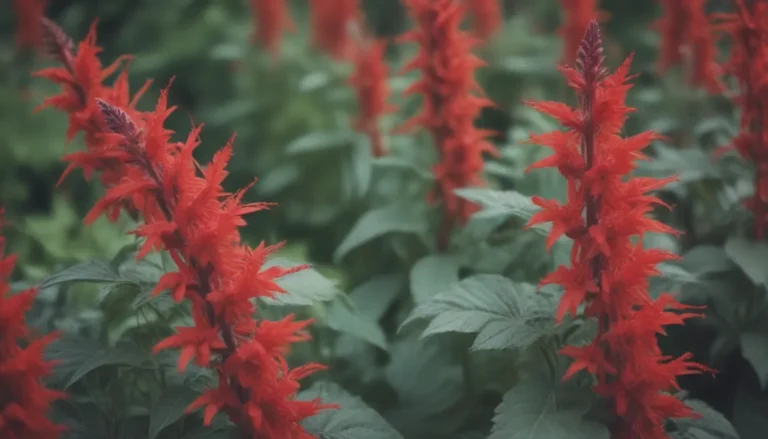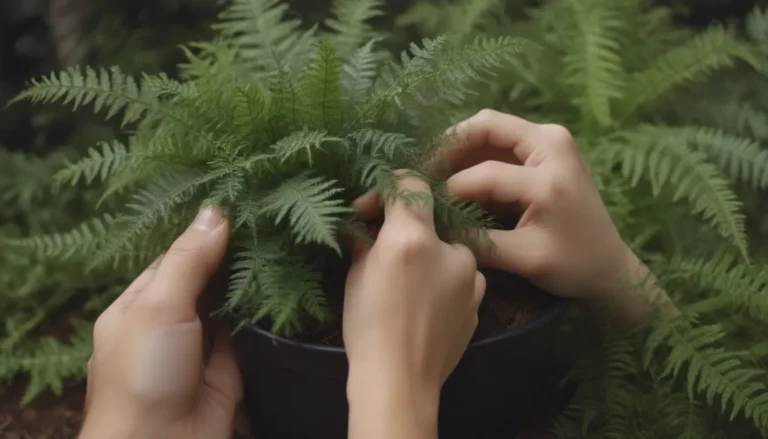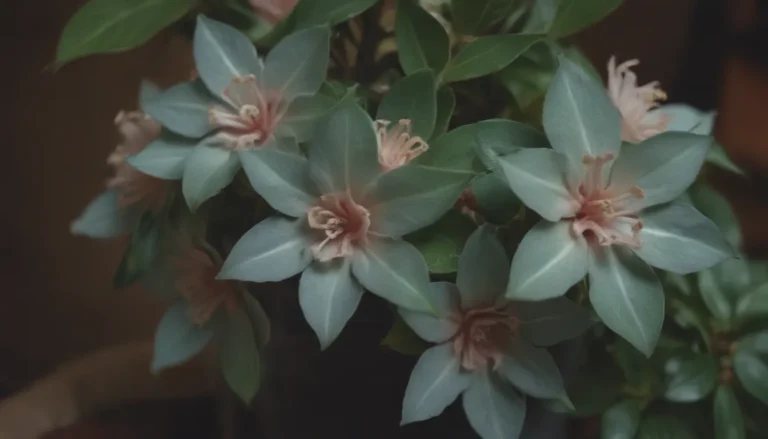Mastering the Art of Growing and Caring for Snow Peas
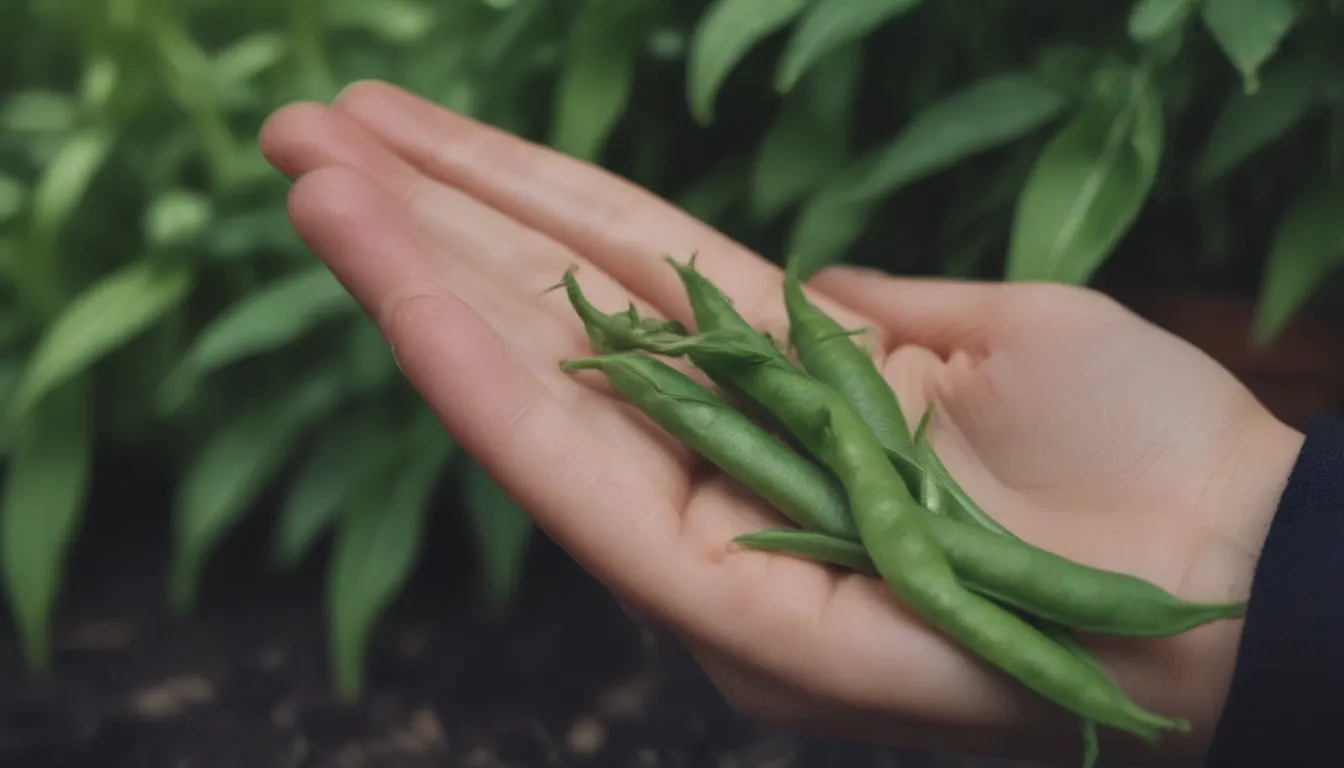
Are you ready to add some crunchy, fresh goodness to your early spring garden? Look no further than snow peas! These delightful vegetables are not only tasty, but they are also a joy to grow. In this comprehensive guide, we will dive into everything you need to know to successfully plant and care for snow peas. From planting tips to harvest techniques, we’ve got you covered.
Why Grow Snow Peas?
Snow peas, also known as Pisum sativum L. (Macrocarpon group), are a cold-season vegetable that thrives in the early spring. These versatile peas can also be planted in late summer for a fall harvest or even as a winter crop in warm climates. Both the tender pods and the sweet peas inside are edible, making them a versatile addition to your culinary endeavors. Did you know that even the flowers and pea shoots are edible? It’s no wonder they are called “mangetout” in French, which means “all-eat.”
How to Plant Snow Peas
Timing is Key
Snow peas should be planted in your garden about four to six weeks before the last frost date in your area. The ideal soil temperature for germination is between 45 and 70 degrees F, so make sure to take advantage of this short planting window. Remember, snow peas don’t do well in temperatures above 85 degrees F, so plan accordingly. Consider planting a fall crop about two months before the first frost date for a continuous supply of fresh peas.
Choosing the Right Spot
Select a location that receives full sun to partial shade with well-draining soil. Avoid planting snow peas in the same spot where legumes were grown in the past two years to minimize pests and diseases.
Spacing and Support
Plant snow peas seeds 1 1/2 to 2 inches apart and 1 inch deep. The spacing between rows depends on the height of the vines, with taller varieties needing more space. Regardless of the size of the vines, it’s best to trellis snow peas to keep the vines upright and off the ground. Remember to install the trellis before planting to avoid damaging the delicate roots.
Taking Care of Your Snow Pea Plants
Light and Soil
Snow peas thrive in full sun with six to eight hours of direct sunlight each day. The soil should be well-drained, rich in organic matter, and slightly acidic with a pH between 6.0 and 6.5.
Watering and Fertilizing
Provide your snow peas with at least 1 inch of water per week to ensure the pods stay crisp and tasty. If the soil is rich in organic matter, fertilization may not be necessary. Remember, snow peas are self-pollinating and don’t require assistance from insects or wind.
Temperature and Harvesting
Snow peas love cool weather and can tolerate light frost, but they don’t do well in temperatures above 85 degrees F. Harvest the pods when you can feel the peas inside but before they become too large. Check your plants regularly and harvest often to encourage continued production.
Types of Snow Peas
Snow pea varieties offer a range of flavors and sizes, including:
- ‘Oregon Giant’
- ‘Oregon Sugar Pod’
- ‘Avalanche’
- ‘Mammoth Melting’
Harvesting and Beyond
Snow peas are best enjoyed when harvested at the right time. Harvest the pods frequently to encourage new growth. Remember to snap the pods off the plant gently to avoid damaging the vines. Additionally, consider harvesting pea shoots from young plants for a delicious addition to your meals.
Growing Snow Peas in Containers
Growing snow peas in pots can be a fun and rewarding experience. However, it’s essential to choose a dwarf variety that doesn’t require staking and provide ample water to keep your plants thriving.
Propagating Snow Peas
Snow peas are propagated from seeds, and most varieties are open-pollinated, allowing you to collect seeds for the next season. Remember to let a few pods dry on the plant before harvesting the seeds for storage and future planting.
Common Pests and Diseases
Snow peas can be susceptible to various pests and diseases, including powdery mildew and pea root rot. To prevent these issues, practice good crop rotation, ensure well-drained soil, and choose disease-resistant varieties when planting.
With these tips and insights, you’re well on your way to mastering the art of growing and caring for snow peas. Get ready to enjoy a bountiful harvest of fresh, crunchy peas straight from your garden!
